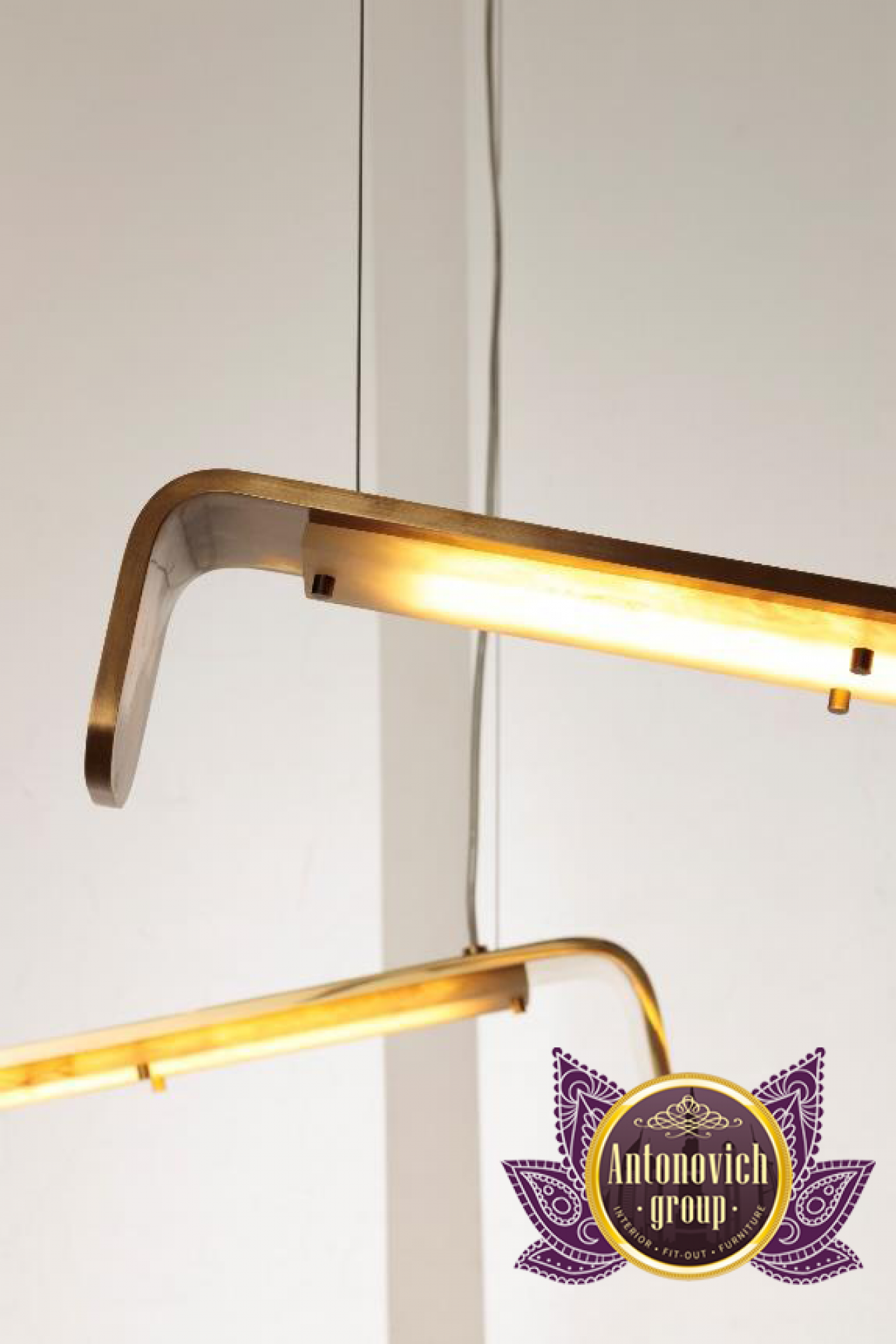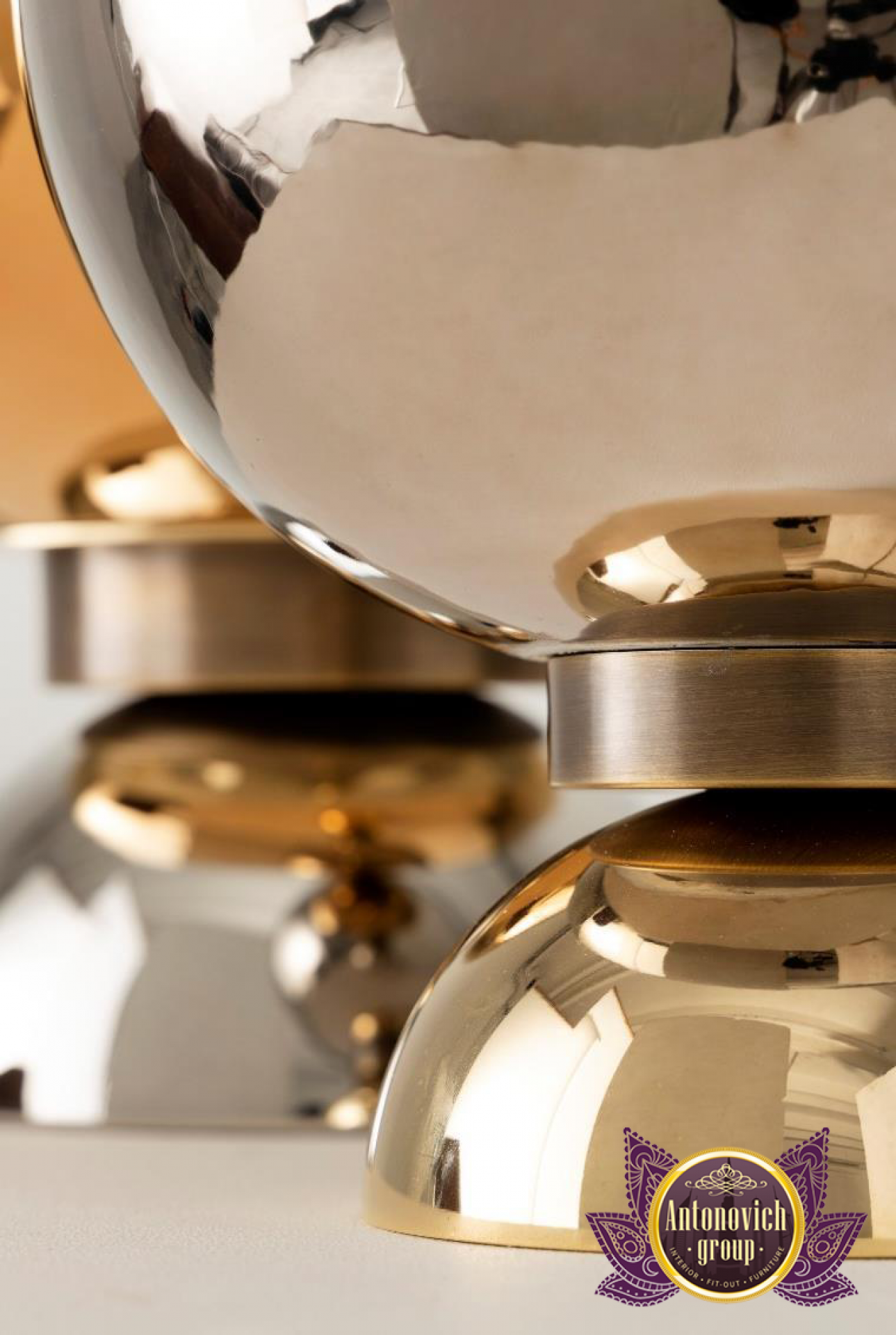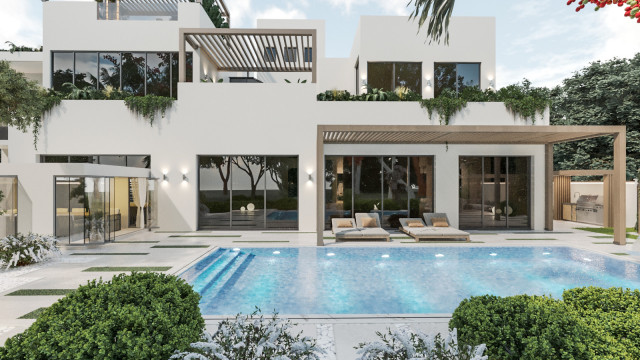LUXURY LIGHTING CHOICES
Lighting is one of the most important aspects of interior design since, in addition to providing light, it has the ability to drastically alter the aesthetic of a space. It may, with the flick of a switch, turn a drab space into one suitable for a glossy magazine, or it can under or over-illuminate, resulting in headaches, tired eyes, and lighting fatigue. This opulent lighting guide will walk you through a variety of lighting options and provide expert guidance on how to arrange the lighting in your home's interior.

Everyone would benefit from having a fundamental knowledge of the two main types of lighting, natural light, and artificial light, to start. Sunlight is the most organic source of illumination. It is completely free and mentally stimulating. Yet managing it might be difficult as well. The light will vary based on where you live and which way your room faces. For instance, equatorial sunshine is considerably warmer than northern sunlight. The time of day and the seasons also have an impact on how much natural light a place receives.

Sheers and window coverings are the most effective methods for restricting natural light, together with the use of mirrors, in places with little natural light. Window treatments are helpful for controlling natural light. Mirrored furniture has a nice appearance and offers storage. By utilizing lined curtains made of heavier fabrics, this can be minimized in places with lots of natural light. Glare is another issue that has to be fixed. A room that is too bright could seem cold and sterile. Plantation shutters or adjustable window coverings like slat, Venetian, louver, or roman blinds can assist regulate sunlight and reduce glare without detracting from the aesthetics of your house.

To give your surroundings additional depth, you should use artificial luxury lighting. Warm light, as opposed to clear light, is the most welcoming option for homes. In addition to influencing the overall interior design aesthetic of the space, artificial lighting may be utilized to highlight certain features, demarcate areas, and alter how a room seems to be proportioned. The five lighting categories should be considered as you create your lighting design. Take into account both your wants and the area's planned use. To get the right look, use various lighting effects.

Some lights may be divided into a variety of categories based on where they are located, how bright they are, and their intended use. Yet, understanding all of the many types of lighting is crucial for developing an effective system. General lighting, which spreads a homogeneous glow across a whole room and illuminates it for functional rather than aesthetic objectives, is the primary component of a luxury lighting strategy. Because sunlight is frequently direct, general lighting should be adjusted using a dimmer switch to accommodate for variations in sunlight. A central pendant lamp is perhaps the most popular kind of luxury general lighting, and it may also have a big impact on the interior design of the room.

Both a tasteful chandelier and an artistic installation make bold visual statements in a place and guide attention in the appropriate direction. Yet, a primary light source alone casts undesirable shadows (especially for people) and doesn't offer a place any life. As a result, they need additional lighting levels. It is generally agreed upon that a lighting arrangement this condensed is completely insufficient to convey a sense of welcome.











